BUFFALO, N.Y., U.S.: Much is already known about saliva’s benefits for food digestion and general oral health. The differences between human saliva and that of other primates, however, are relatively unclear. A new study has discovered stark differences between human and primate saliva, leading to hope that these could be “overlooked hotbeds of evolutionary activity,” according to one of the study’s authors.
In the study, researchers from the University at Buffalo compared the proteins in human saliva with those in the saliva of other primates. To their surprise, they found that human saliva is much more watery than and contains half as many total proteins as the saliva of great apes and Old World monkeys does. These differences are, reportedly, a development of the human diet and its focus on increased meat consumption, cooking and agriculture.
Though all of the major proteins in human saliva were also present in chimpanzee and gorilla saliva, vast differences were noted in protein structure and quantity. Human saliva was found to possess higher amounts of amylase, an enzyme that is key to digesting starch into sugars, and carbonic anhydrase VI, an enzyme involved in taste perception.
“We know too little about the functions of saliva and the protein components in there. The findings of this study underscored that,” Prof. Stefan Ruhl, Acting Chair of the Department of Oral Biology at the University at Buffalo’s School of Dental Medicine and co-author of the study, told Dental Tribune International.
“Great apes eat a completely different diet than we humans do. Humans eat a lot of meat and starch-containing food. This goes back to our ancestors, who learned to hunt and discovered the procedure of cooking meat to make it more tender. The consumption of starch, on the other hand, has increased a lot since humankind invented agriculture. Those human-specific developments, we believe, have left their footprints in the composition and structure of proteins in human saliva, which we call the salivary proteome,” Ruhl continued.
“Once we know better about how the structure of certain salivary proteins dictates their function in health and disease, we will be able to use saliva-based diagnosis for predicting the susceptibility of certain individuals to dental caries or periodontal disease. We will also be able to come closer to synthesizing artificial saliva that will help patients who suffer from dry mouth,” he added.
The study, titled “Human and non-human primate lineage-specific footprints in the salivary proteome,” was published online on Oct. 15, 2019, in Molecular Biology and Evolution, ahead of inclusion in an issue.
Tags:
SANTIAGO, Chile: Saliva has always been understood to aid in healing, and in a new study examining why wounds in the mouth tend to heal faster and better ...
TÜBINGEN, Germany: For the general public, the debate as to where humankind originated might not seem like a current topic. However, the highly ...
SHEFFIELD, UK: According to new research by an international team of scientists, human teeth evolved from the same genes that form the characteristic beaked...
NEW YORK, U.S.: Many people enjoy a drink, and now researchers from the New York University (NYU) School of Medicine have identified that alcohol ...
PHILADELPHIA, US: Periodontitis is one of the world’s most prevalent health conditions, affecting between 20% and 50% of the global population—roughly ...
LONDON, UK: Though teething is a difficult experience for both parents and their babies, a judicious decision-making process should be employed when ...
SYDNEY, Australia: Researchers from the University of Sydney have revealed that one in seven adolescents are drinking more than two cups of sugar-sweetened ...
BRADFORD, UK: According to a recent study, it is not only the obvious physical features that help to distinguish men from women, but also some subtler ...
VICTORIA, British Columbia, Canada: In a recent development that might change the adhesive market within dentistry and other industries, researchers from ...
MUNICH, Germany: According to experts, biofilms are generally regarded as a problem to be eradicated due to the threats they pose to humans and materials. ...
Live webinar
Mon. 12 January 2026
9:00 am EST (New York)
Prof. Judith Jones D.D.S; M.P.H., Prof. Kakuhiro Fukai D.D.S., Ph.D, Dr. Bathsheba (Bethy) Turton
Live webinar
Wed. 14 January 2026
12:00 pm EST (New York)
Dr. Théo Laplane, Dr. Robert Gottlander DDS
Live webinar
Fri. 16 January 2026
12:00 pm EST (New York)
Live webinar
Mon. 19 January 2026
1:00 pm EST (New York)
Philipp Kopp, Michael Seeber
Live webinar
Thu. 22 January 2026
2:00 pm EST (New York)
Dr. Nicola M. Grande DDS, PhD
Live webinar
Wed. 28 January 2026
8:00 am EST (New York)
Live webinar
Wed. 28 January 2026
11:00 am EST (New York)
Prof. Dr. Jan-Frederik Güth



 Austria / Österreich
Austria / Österreich
 Bosnia and Herzegovina / Босна и Херцеговина
Bosnia and Herzegovina / Босна и Херцеговина
 Bulgaria / България
Bulgaria / България
 Croatia / Hrvatska
Croatia / Hrvatska
 Czech Republic & Slovakia / Česká republika & Slovensko
Czech Republic & Slovakia / Česká republika & Slovensko
 France / France
France / France
 Germany / Deutschland
Germany / Deutschland
 Greece / ΕΛΛΑΔΑ
Greece / ΕΛΛΑΔΑ
 Hungary / Hungary
Hungary / Hungary
 Italy / Italia
Italy / Italia
 Netherlands / Nederland
Netherlands / Nederland
 Nordic / Nordic
Nordic / Nordic
 Poland / Polska
Poland / Polska
 Portugal / Portugal
Portugal / Portugal
 Romania & Moldova / România & Moldova
Romania & Moldova / România & Moldova
 Slovenia / Slovenija
Slovenia / Slovenija
 Serbia & Montenegro / Србија и Црна Гора
Serbia & Montenegro / Србија и Црна Гора
 Spain / España
Spain / España
 Switzerland / Schweiz
Switzerland / Schweiz
 Turkey / Türkiye
Turkey / Türkiye
 UK & Ireland / UK & Ireland
UK & Ireland / UK & Ireland
 Brazil / Brasil
Brazil / Brasil
 Canada / Canada
Canada / Canada
 Latin America / Latinoamérica
Latin America / Latinoamérica
 USA / USA
USA / USA
 China / 中国
China / 中国
 India / भारत गणराज्य
India / भारत गणराज्य
 Pakistan / Pākistān
Pakistan / Pākistān
 Vietnam / Việt Nam
Vietnam / Việt Nam
 ASEAN / ASEAN
ASEAN / ASEAN
 Israel / מְדִינַת יִשְׂרָאֵל
Israel / מְדִינַת יִשְׂרָאֵל
 Algeria, Morocco & Tunisia / الجزائر والمغرب وتونس
Algeria, Morocco & Tunisia / الجزائر والمغرب وتونس
 Middle East / Middle East
Middle East / Middle East




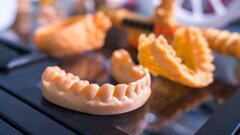



















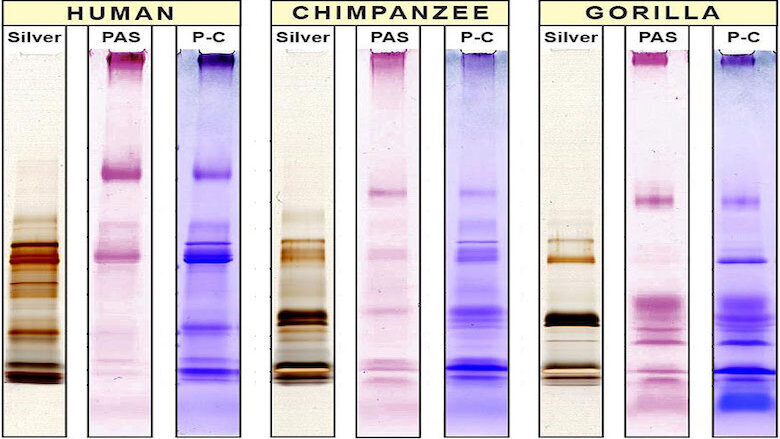

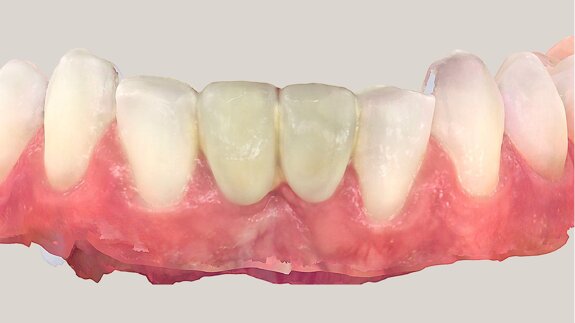


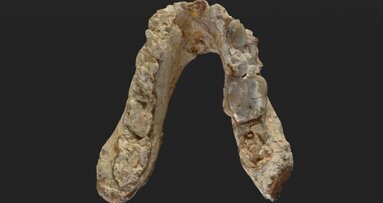
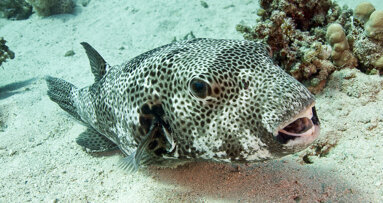

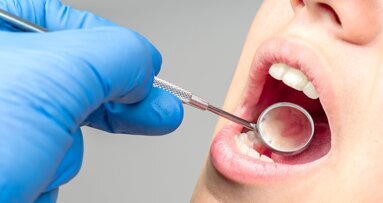


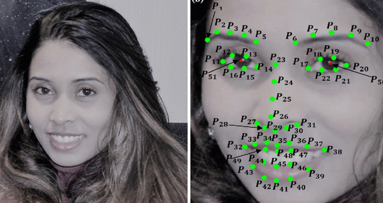
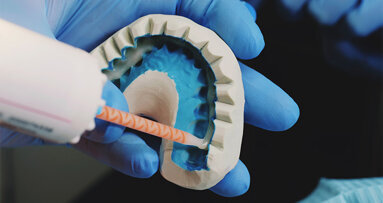











To post a reply please login or register